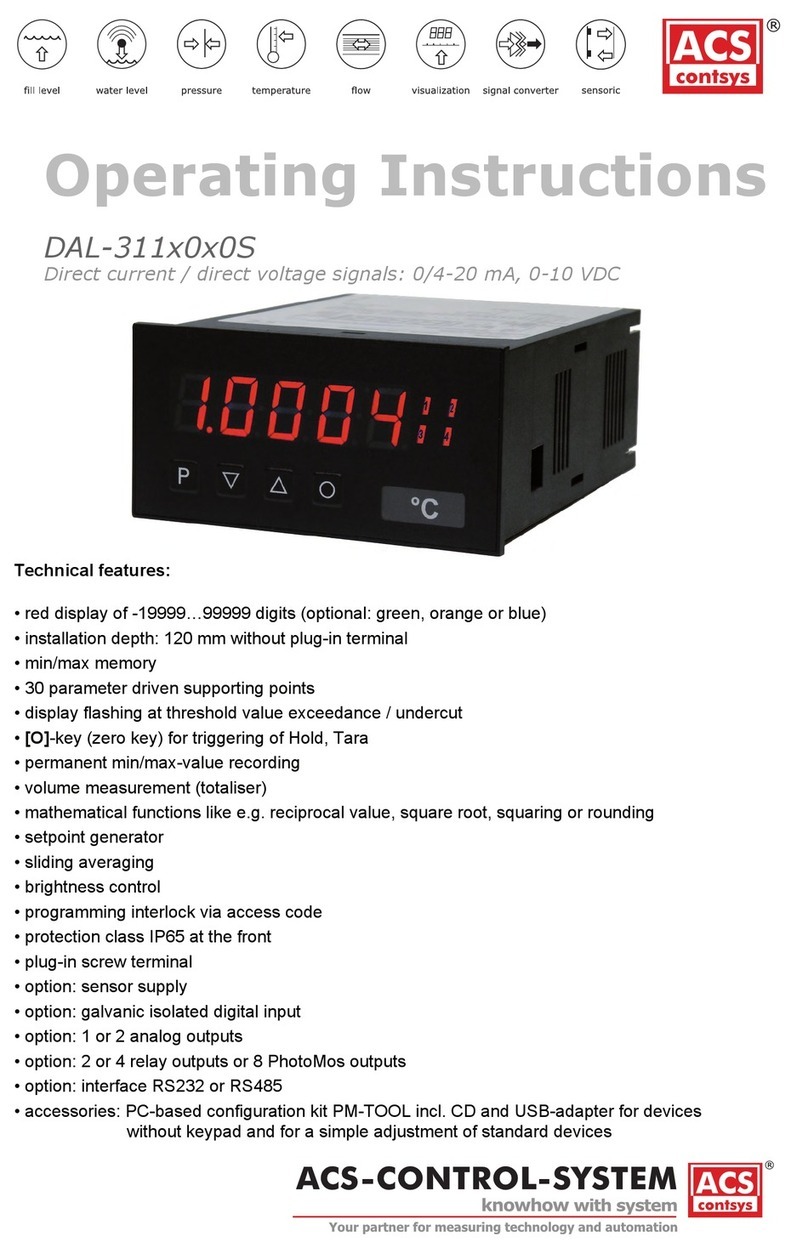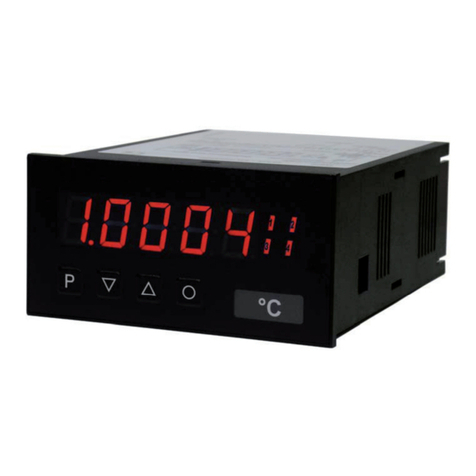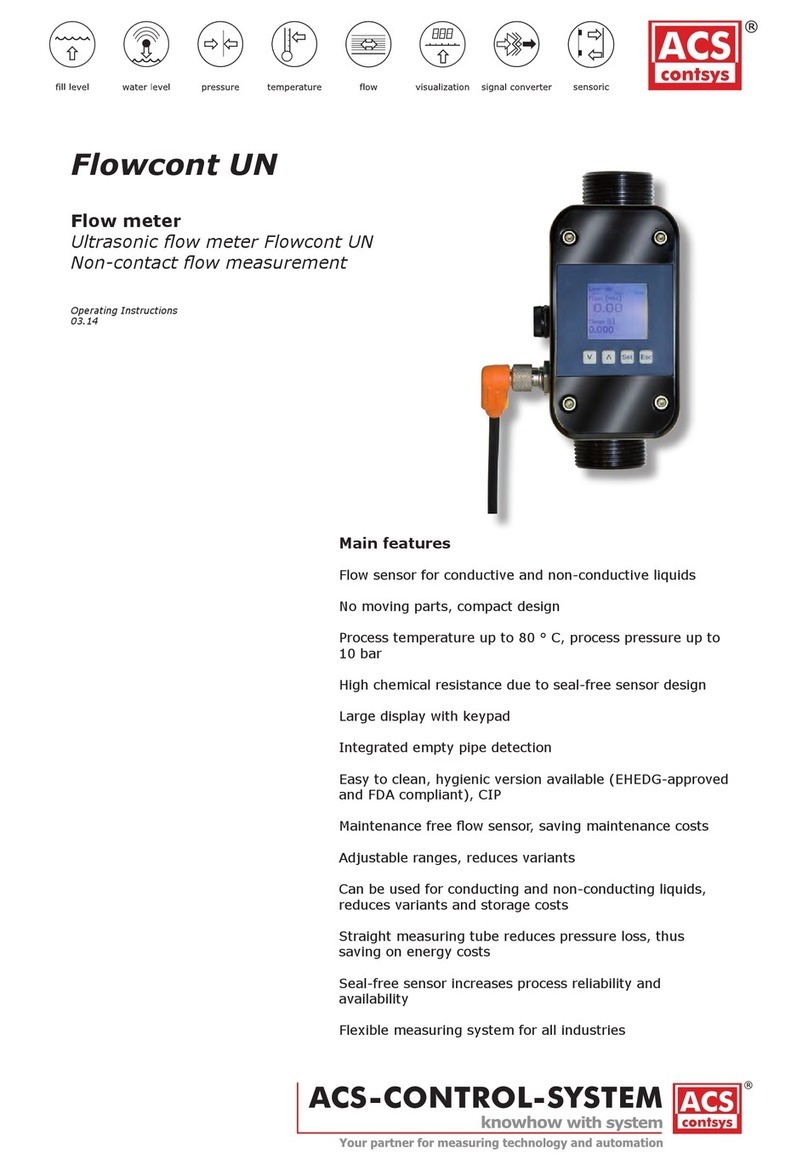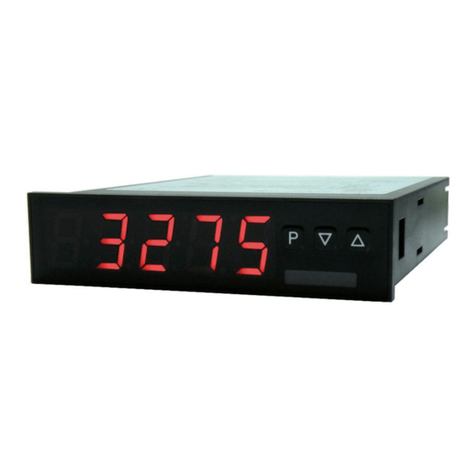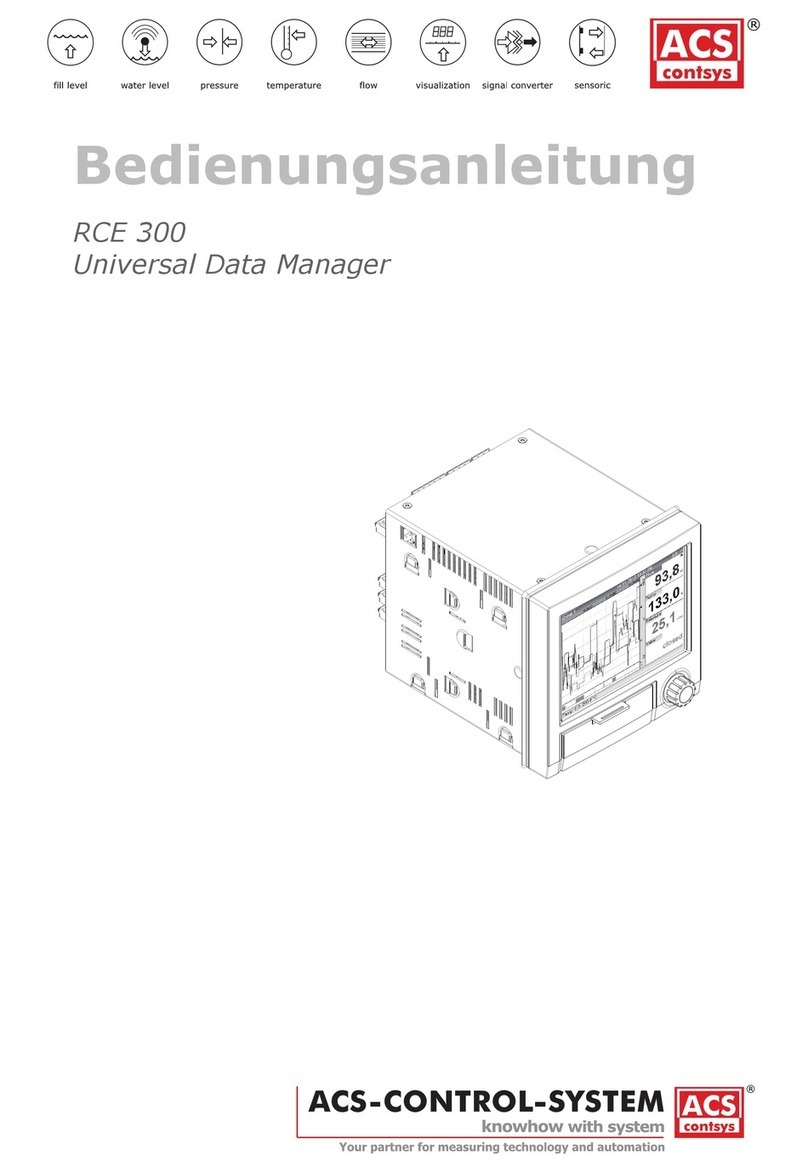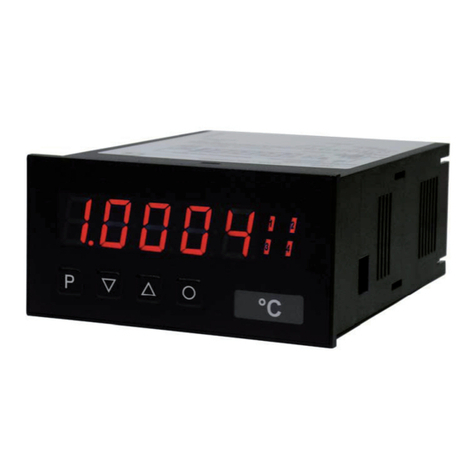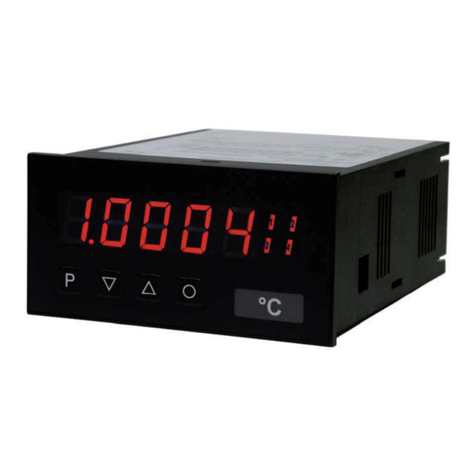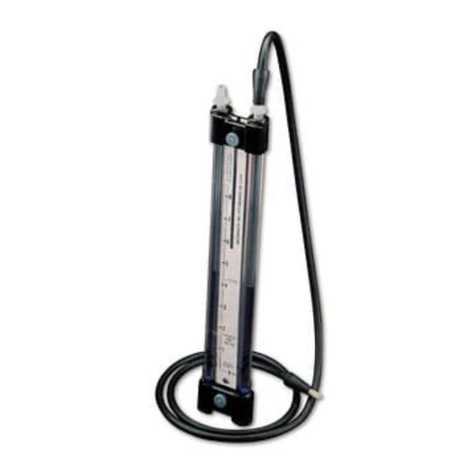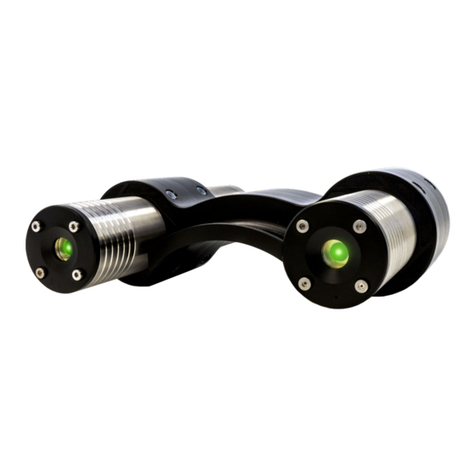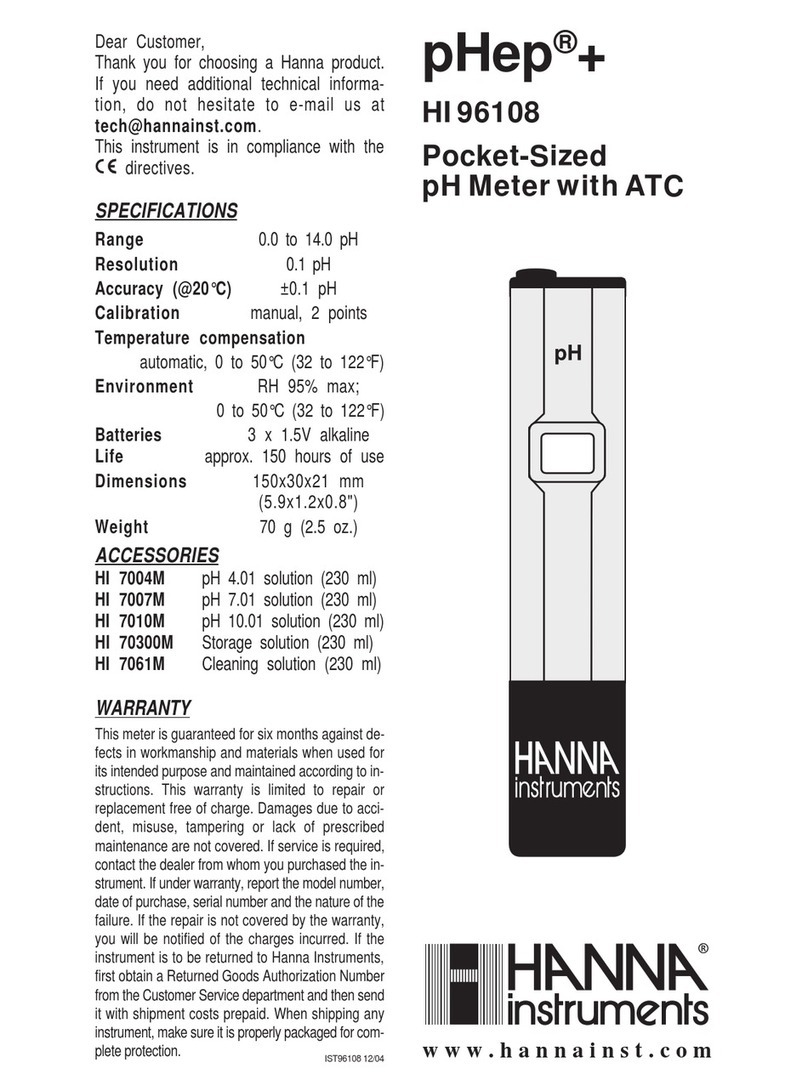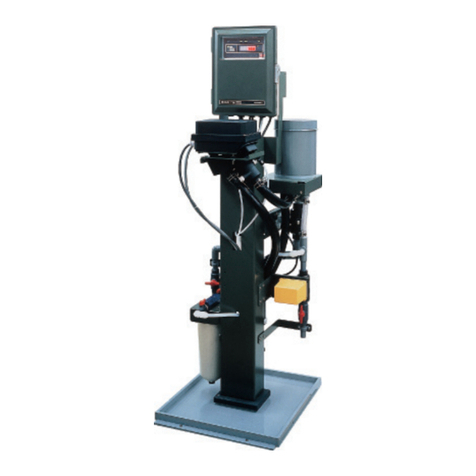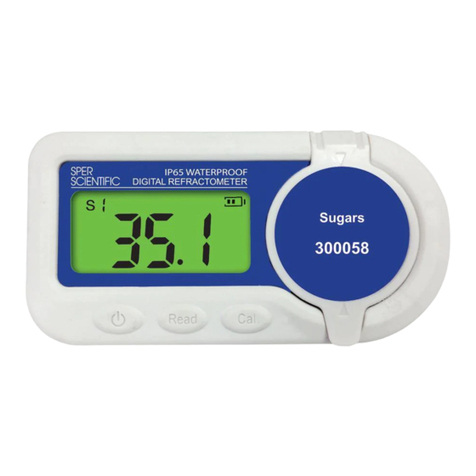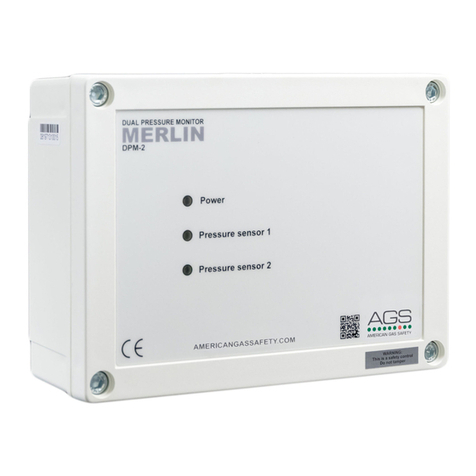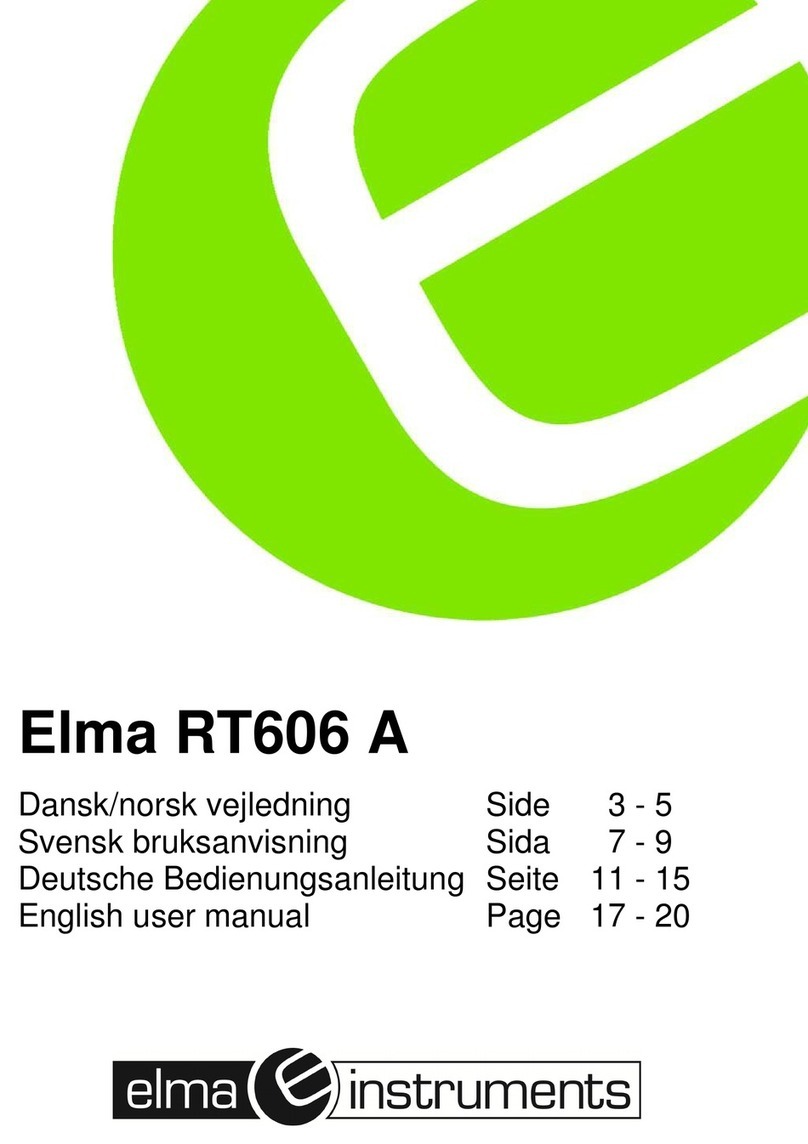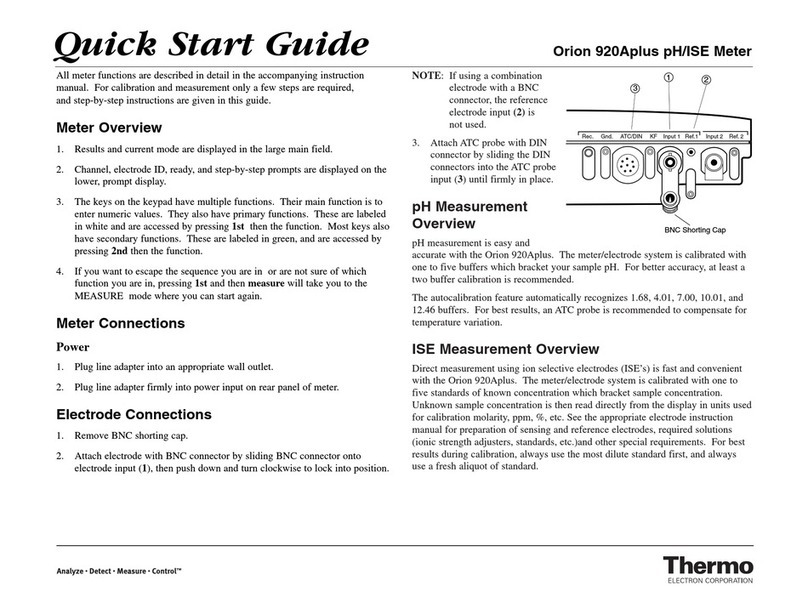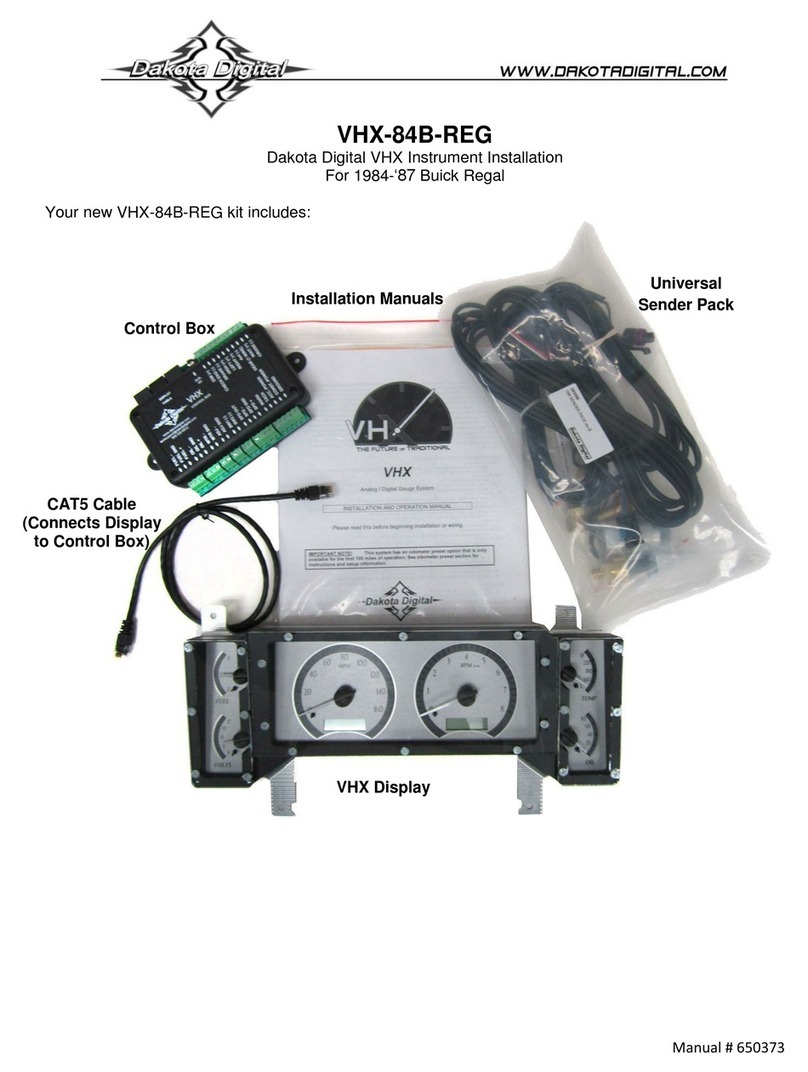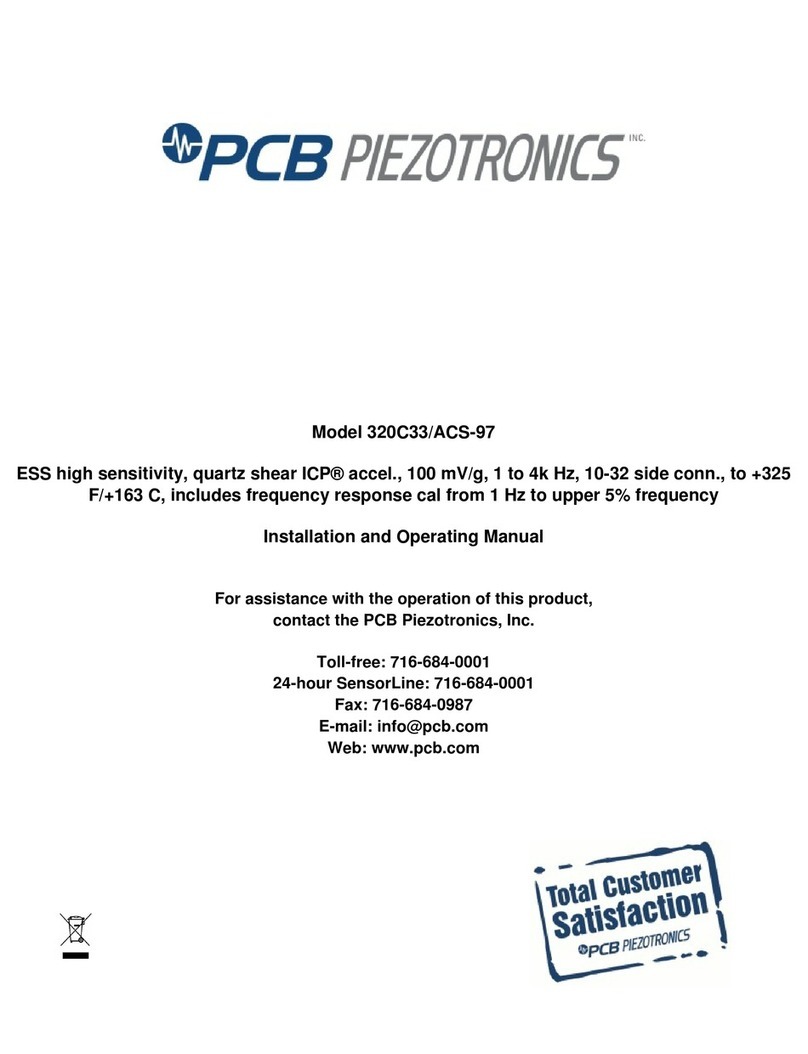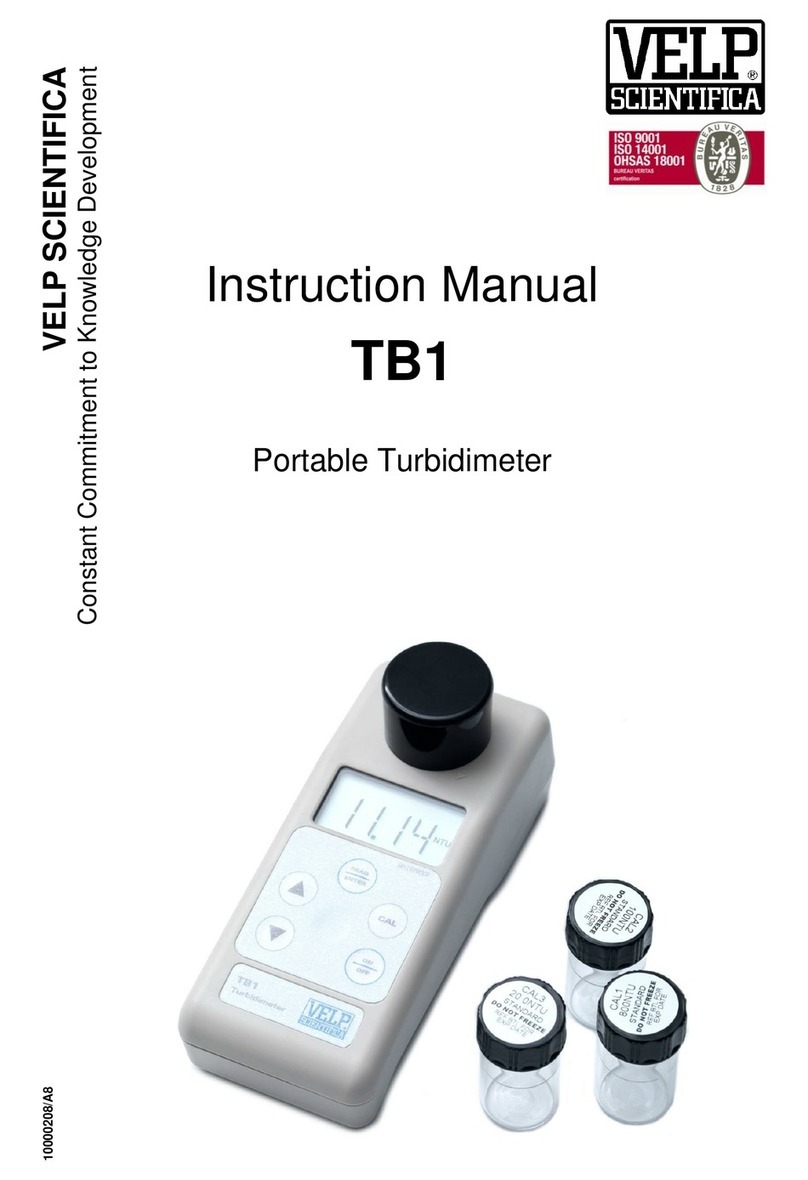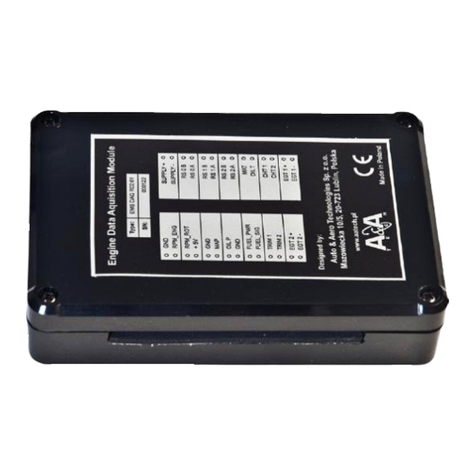ACS-CONTROL-SYSTEM
GmbH
l Lauterbachstr. 57 l D-84307 Eggenfelden l www.acs-controlsystem.de l [email protected] 3Index
1 Systemdescription................................................4
1.1 Intended use ................................................... 4
1.2 Field of application ........................................... 4
1.3 System components ......................................... 4
1.4 Function ......................................................... 5
2 Safety notes . . . . . . . . . . . . . . . . . . . . . . . . . . . . . . . . . . . . . . . . . . . . . . . . . . . . .6
2.1 Operational safety ............................................ 6
2.2 Installation, connection, commissioning, operation6
3 Installation......................................................7
3.1 Installation place ............................................. 7
3.2 Installation notes ............................................. 9
4 Electricalconnection .............................................11
4.1 Potential equalization - earthing ......................... 11
4.2 Connection cable ............................................. 11
4.3 Supply voltage ................................................ 11
4.4 Switch output .................................................. 11
4.5 Analogue output .............................................. 12
4.6 Connection scheme .......................................... 12
5 Operation......................................................14
5.1 Operation and display parts ............................... 14
5.2 Function scheme .............................................. 14
5.3 Menu structure ................................................ 16
5.4 Navigation ...................................................... 17
5.5 Output ........................................................... 18
5.6 Basic setting ................................................... 25
5.7 Display ........................................................... 31
5.8 Simulation – E ................................................. 37
5.9 Diagnosis ........................................................ 38
5.10 Data .............................................................. 41
5.11 Start-up procedure ........................................... 45
5.12 Software history .............................................. 48
6 Service........................................................49
6.1 Maintenance .................................................... 49
6.2 Dismounting.................................................... 49
6.3 Repair ............................................................ 49
6.4 Return ............................................................ 49
6.5 Disposal ......................................................... 49
7 TechnicalData..................................................50
7.1 Auxiliary power supply ...................................... 50
7.2 Input.............................................................. 50
7.3 Output ........................................................... 51
7.4 Measuring accuracy .......................................... 51
7.5 Interface Bluetooth .......................................... 52
7.6 Data memory .................................................. 52
7.7 Clock .............................................................. 52
7.8 Process conditions ............................................ 52
7.9 Environmental conditions .................................. 52
7.10 Materials - process wetted ................................ 52
7.11 Materials - not process wetted ........................... 52
8 Dimensiondrawings..............................................53
8.1 Terminal enclosure ........................................... 53
8.2 Process connection ........................................... 53
9 Orderinginformation.............................................56
9.1 Order code ...................................................... 56
9.2 Additional options ............................................ 57
9.3 Accessories ..................................................... 57




















